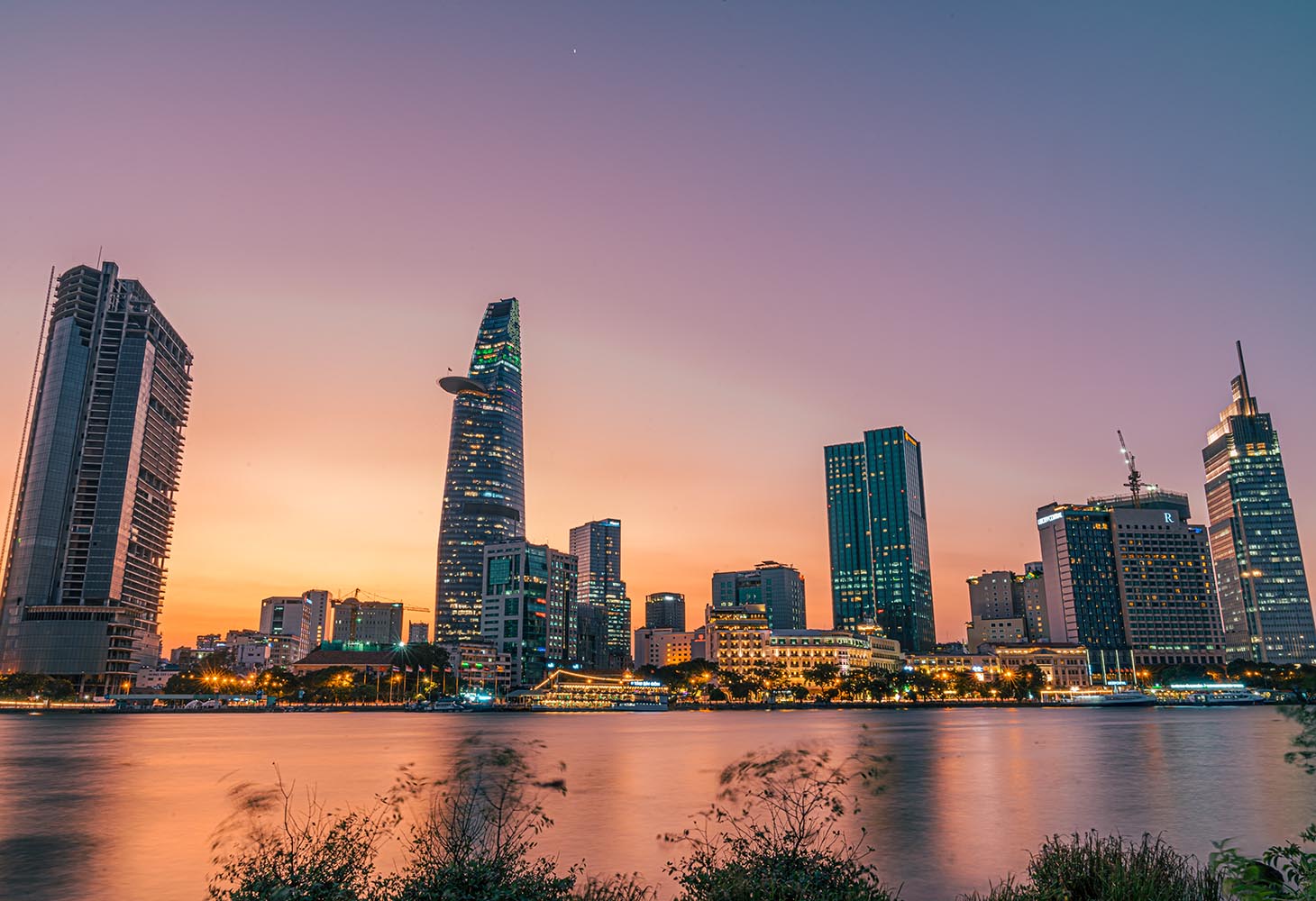
Ho Chi Minh City aims for zero emissions by 2050
Ho Chi Minh City, the bustling metropolis in Vietnam, has set an ambitious goal: achieving net zero emissions by 2050. This commitment was highlighted during the “Green Economy Forum 2023: Net Zero – Path to Sustainable Development” held last week.
Phan Văn Mãi, the chairman of the city’s People’s Committee, emphasised the city’s dedication to transitioning into a green and sustainable economy. He mentioned that the city has already allocated resources to ensure this transition aligns with the national objective of zero emissions by the mid-century mark.
According to Phan, the city has laid out strategies focusing on green economic growth, the circular economy, energy transitions, and sustainable urban development. There’s also a plan to make the city’s energy, urban, and social infrastructures more environmentally friendly.
Cần Giờ District has been chosen as a model district to achieve carbon neutrality. The city aims to implement a comprehensive plan ensuring zero emissions in this district by 2030. This includes transitioning vehicles to renewable energy, introducing advanced waste management technologies, and leveraging carbon credits.
Phan urged businesses to stay committed and obtain certifications that showcase their strides towards a net-zero future. He noted that several local businesses have already started aligning their operations with sustainability and eco-friendliness.
Jonathan Pincus, senior international economist from the United Nations Development Programme (UNDP) based in Jakarta, Indonesia, highlighted the need for technological solutions, energy-efficient materials, and renewable energy development. He emphasised the importance of both domestic and international policy coordination to support these transformations.
Hà Đăng Sơn, deputy chief of party, Vietnam Low Emission Energy Program II (V-LEEP II) funded by the U.S. Agency for International Development (USAID), pointed out that numerous banks and organisations, both local and international, have pledged financial support for Vietnam’s green transition. He stressed the importance of effectively using these funds.
Lâm Tố Trinh of NS BlueScope Vietnam said that for businesses eyeing the global market, it is crucial to have specific carbon emission reduction strategies. He also emphasised the need for the government to set up legal and policy frameworks to boost participation in the green economy.
The forum, organised by Saigon Economic Times, served as a platform to discuss Vietnam’s commitment to achieving net zero emissions by 2050, a pledge made at the 2021 United Nations Climate Change Conference.
Ho Chi Minh City, formerly known as Saigon, is regarded as the commercial and economic center of Vietnam. It is the largest city in the country in terms of population and economic activity. Over the years, Ho Chi Minh City has experienced rapid growth and development, attracting both domestic and foreign investments. The city is home to a vibrant business environment, bustling markets, numerous high-rise buildings, and a thriving industrial sector. Its strategic location in the southern part of Vietnam, combined with its well-developed infrastructure and port facilities, makes it a crucial hub for trade and commerce in the region.
The city has already made significant strides in its green initiatives. The introduction of electric buses, the promotion of solar power in homes and businesses, and the development of green spaces are just a few examples of the city’s commitment to sustainability.
However, challenges remain. Rapid urbanisation and industrialisation have led to increased emissions, and the city faces the dual challenge of promoting economic growth while ensuring environmental sustainability.













